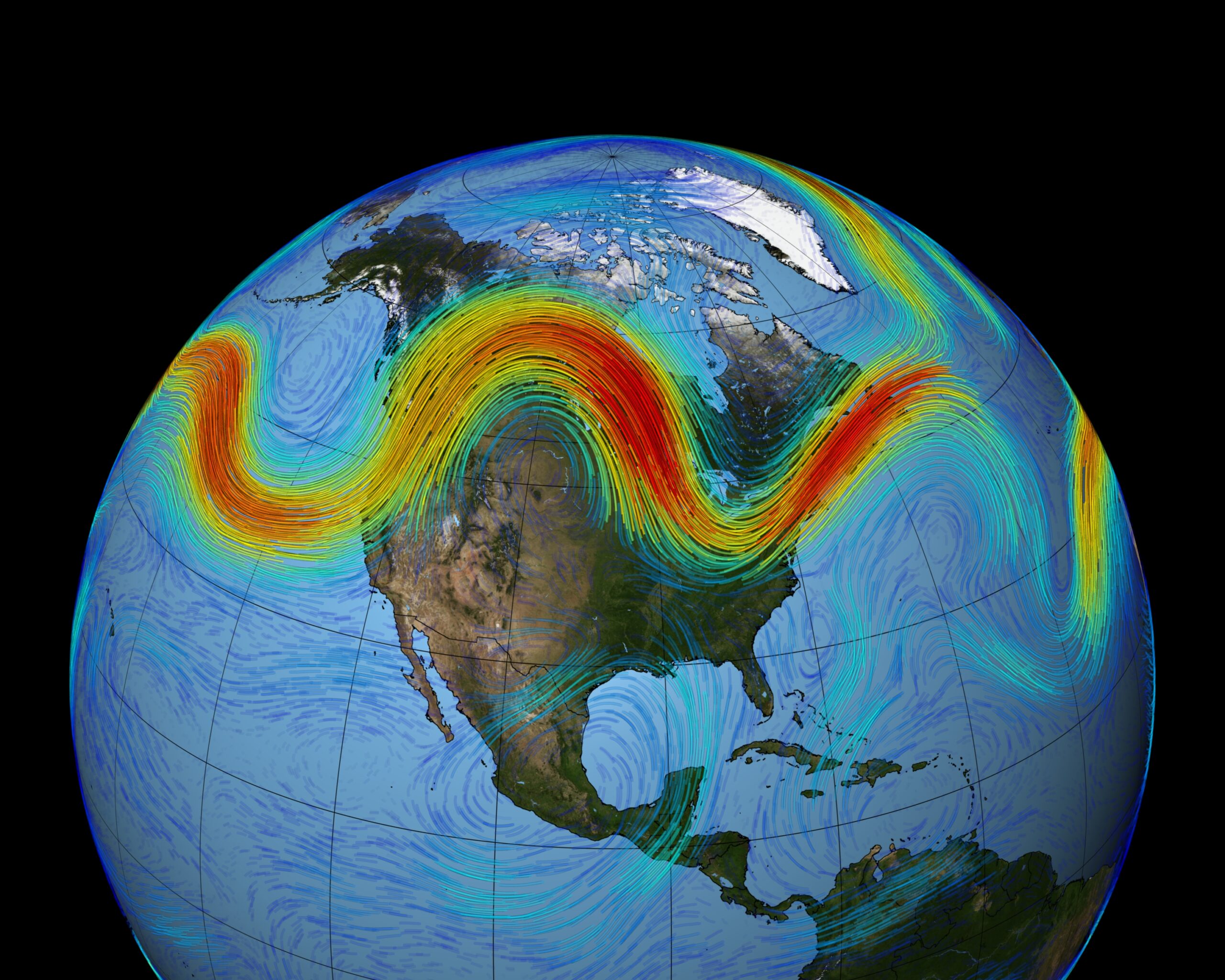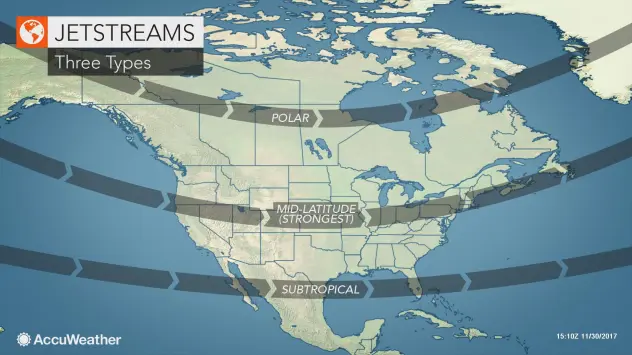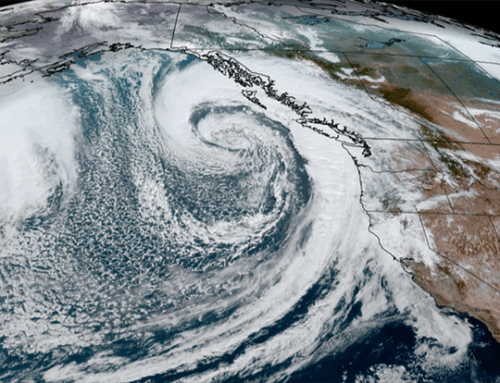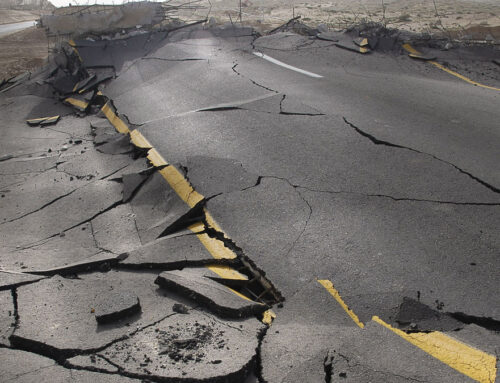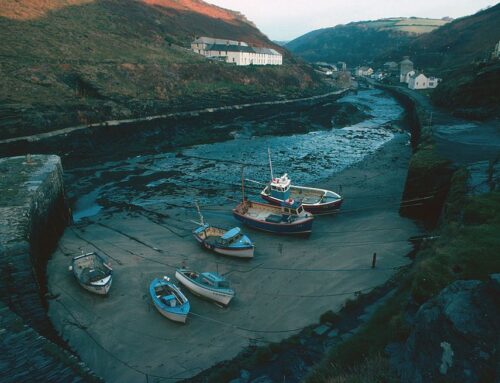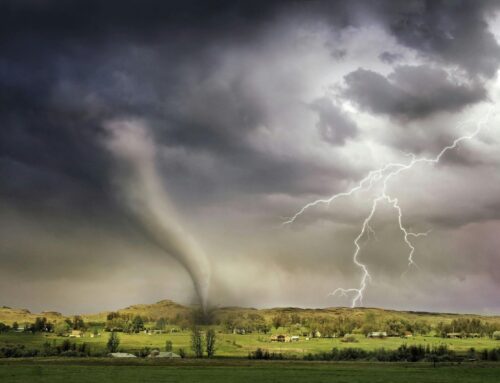When it comes to understanding the weather, one of the most influential yet often overlooked forces is the jet stream. This fast-moving ribbon of air high in the atmosphere is responsible for shaping weather patterns across entire continents. In North America, the jet stream plays a pivotal role in everything from sunny spells to deep freezes, droughts to deluges. But what exactly is the jet stream, why does it change, and how does it impact our daily weather?
What Is the Jet Stream?
The Jet Stream is a narrow band of strong winds in the upper levels of the atmosphere, typically found around 30,000 to 39,000 feet above sea level, where commercial jets often cruise—hence the name. These winds blow west to east due to Earth’s rotation and are strongest at the boundaries between cold and warm air masses.
There are two primary jet streams in each hemisphere:
-
The Polar Jet Stream, located between 50° and 60° north latitude, near the boundary of cold polar air and warmer mid-latitude air.
-
The Subtropical Jet Stream, closer to 30° latitude, forms near the boundary of the tropics and the mid-latitudes.
In North America, the polar jet stream is the dominant player in directing weather systems. It acts like an atmospheric conveyor belt, steering storms, influencing temperature patterns, and helping shape seasonal shifts.
How the Jet Stream Forms
The jet stream forms primarily because of temperature differences between air masses. The greater the contrast in temperature between the cold polar regions and the warm tropics, the stronger the jet stream. This temperature gradient creates a pressure difference, which the atmosphere balances by generating strong, fast-moving winds.
Additionally, Earth’s rotation plays a crucial role. The Coriolis effect—caused by Earth’s rotation—deflects air moving north or south, turning it to the right in the Northern Hemisphere. This results in a west-to-east flow of the jet stream.
How Does the Jet Stream Change?
Although we often picture the jet stream as a straight, fast-moving river of air, it’s much more dynamic and variable.
Position and Latitude
The jet stream’s location shifts with the seasons:
-
In summer, the polar jet stream tends to retreat northward as the polar regions warm, and its speed weakens.
-
In winter, the temperature contrast between equator and poles increases, causing the jet stream to move southward and become stronger and more active.
Waviness and Blocking
Rather than flowing in a straight line, the jet stream often develops ridges (northward bulges) and troughs (southward dips), creating a wavy pattern. These undulations are known as Rossby waves and they influence how long weather patterns persist over an area.
Sometimes, the jet stream can form blocking patterns, where a high-pressure system gets “stuck” and forces the jet stream to divert around it. This can lead to prolonged periods of heat, cold, or rain in one region.
 Climate Change and Arctic Amplification
Climate Change and Arctic Amplification
Recent research suggests that rapid warming in the Arctic, known as Arctic amplification may be weakening the polar jet stream. As the Arctic warms faster than the rest of the planet, the temperature gradient between the poles and the equator lessens. This may cause the jet stream to slow down and meander more, potentially resulting in more persistent and extreme weather patterns.
How the Jet Stream Affects North American Weather
The jet stream has profound impacts on North American weather, and understanding its behavior is key to long-range forecasting.
Storm Tracks
The jet stream steers low-pressure systems (storms) and determines where they travel. A southward-dipping jet stream can direct storms across the southern U.S., bringing rain and even snow to regions that are usually dry or warm. Conversely, a northward ridge can push storm tracks into Canada, leaving much of the U.S. dry.
Temperature Swings
The position of the jet stream separates cold polar air from warmer subtropical air. When the jet stream dips southward in a trough, it can usher in Arctic air, causing cold outbreaks in the Midwest or the South. When it lifts into a ridge, warm air can surge northward, leading to heatwaves even in typically cooler areas.
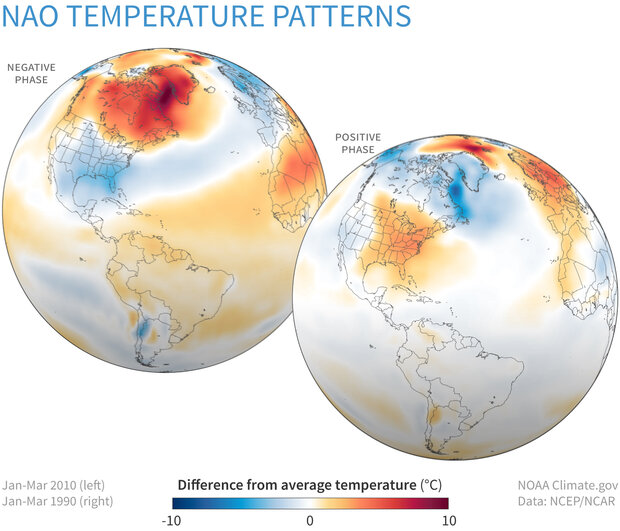 Precipitation Patterns
Precipitation Patterns
The waviness of the jet stream can lead to persistent weather patterns. For example, if a trough lingers over California, it may bring repeated storms and heavy rainfall. Alternatively, a ridge stuck over the Plains could lead to drought conditions due to prolonged dryness.
Severe Weather
Spring and early summer are peak times for tornadoes and severe thunderstorms, particularly in the central U.S. The jet stream provides the upper-level winds necessary for storm development. When it aligns with warm, moist air from the Gulf of Mexico and cool air from the Rockies or Canada, the conditions become ripe for explosive storm development.
Real-World Examples
-
Polar Vortex Events: When the jet stream dips deeply southward and the polar vortex weakens, Arctic air can surge into the U.S., causing extreme cold snaps like those experienced in Texas in February 2021.
-
California Droughts and Floods: A persistent ridge in the jet stream can block Pacific storms from reaching California, leading to drought. Conversely, when the jet stream dips and directs moisture-laden atmospheric rivers inland, it can cause catastrophic flooding.
Final Thoughts
The Jet Stream may be invisible to the naked eye, but its effects are felt every day—whether you’re shoveling snow in Chicago, flying across the country, or soaking up the sun in Florida. Understanding the Jet Stream isn’t just academic—it’s critical for weather forecasting, agriculture, disaster preparedness, and even air travel. A meandering Jet Stream can lead to unpredictable, prolonged, or extreme weather, which impacts everything from crop yields to energy consumption and infrastructure planning. So next time the forecast calls for an unexpected cold snap or a surprise warm spell, you can thank—or blame—the jet stream.

